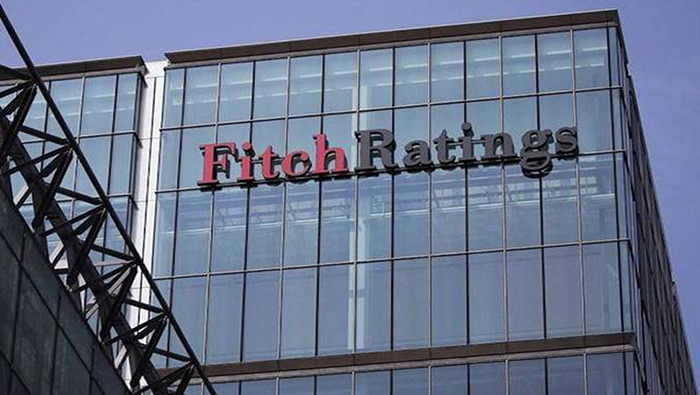
Muscat: Oman's Islamic banking sector’s market share is expected to rise steadily in 2023–2024 after reaching 16.4 per cent of total sector assets at end-2022 (end-2021: 15.2 per cent), according to a new report
“Growth will be driven by sizeable public demand for Islamic products, supportive regulations, a growing branch network, and a push from conventional banks’ Islamic windows,” Fitch Ratings said in a statement.
“There was a structural improvement in 2022 after the Central Bank of Oman (CBO) introduced an Islamic liquidity management instrument (ILMI) in the form of a wakala money market instrument,” it added.
The wakala money market instrument allows Islamic banks and windows to place remunerative deposits with the CBO for a minimum duration of one day to a maximum of three months. The lack of ILMI has been a long-standing challenge for the Islamic banking sector.
At present, there are no Islamic repos and short-term government sukuk in Oman for Islamic banks to invest their excess liquidity or Islamic alternatives to treasury bills. Regulations prevent Islamic banking entities from placing funds with conventional banks, which limits counterparty choice. The CBO plans to introduce more ILMI in phases, both for providing liquidity support to Islamic banking entities and for absorbing excess liquidity.
Omani Islamic banks’ (including windows) total assets reached OMR6.4 billion in 2022. The financing growth of Islamic banks was 12.2 per cent year-on-year, exceeding conventional banks’ 3.4 per cent growth. Islamic banks’ deposit growth of 10.9 per cent also outpaced conventional banks’, which fell by 0.9 per cent. The Islamic banking market share, based on both financing and deposits, crossed 18.5 per cent in 2022, Fitch Ratings said.
Islamic windows of conventional banks are significant growth drivers, with about 40 per cent share of sector assets as of the third quarter end of 2022, while the balance is held by full-fledged Islamic banks. Islamic bank windows significantly benefit from their parent conventional bank in terms of the use of their existing franchise and infrastructure, making them more cost-efficient.
Profit-and-loss sharing financing contracts are a key feature of the Omani Islamic banking system, in the form of diminishing musharaka and wakala, which have 51.3 per cent and 15.9 per cent shares of total financing, respectively, at the end of the third quarter of 2022. Diminishing musharaka is mainly used for property financing, while wakala enables customers to access cash products, including for working-capital requirements. Wakala financing is adopted due to the regulatory ban on tawarruq products.
Islamic banks also offer deposits based on profit-and-loss sharing contracts, in the form of mudaraba.
“We expect real GDP to grow 2.1 per cent in 2023 (2022: 4.7 per cent), which will moderately support revenue and business generation for banks. Unlike in other GCC markets, higher rates only mildly benefit Omani banks’ net interest or profit margins,” the rating agency said in its report.
“This is because higher rates typically drive up banks’ cost of deposits, while banks have limited ability to reprice assets to offset the impact,” it added.
This is due to the strong competition for good-quality corporate lending as well as the interest rate cap on retail lending (40 per cent of total sector loans). Nonetheless, funding costs will rise only modestly given the ample local-currency liquidity in the system and the high portion of funding from low-cost current and savings accounts.